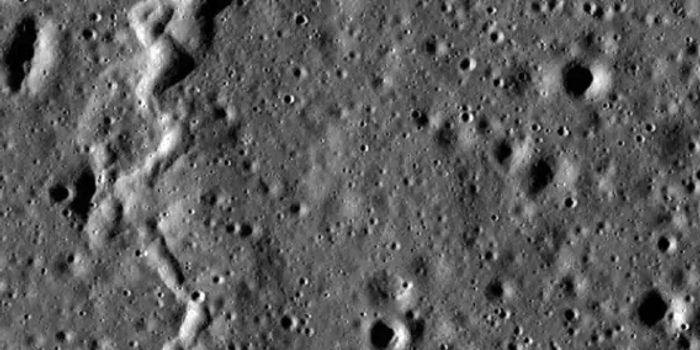NASA's Curiosity Rover Detects More Methane Gas on Mars
When planetary scientists deploy space missions to explore other worlds in search of alien life, they often look for signatures that are known to exist here on Earth, such as the presence of methane gas, which tends to be a common byproduct of many living organisms.
Image Credit: NASA
NASA’s Curiosity rover detected a significant methane gas spike in the red planet’s atmosphere in 2013, which was just recently validated with the help of the European Space Agency’s Mars Express spacecraft. But as it would seem, Curiosity has made yet another significant methane detection just this past week, and it should come as no surprise to anyone that the finding is captivating the attention of planetary scientists.
Related: The Curiosity Rover's metallic wheels are beginning to break down
One thing to note about methane gas is that it doesn’t last long in the Martian atmosphere because of the red planet’s weak magnetic field. Cosmic radiation, most of which originates from our Sun as solar wind, breaks the gas apart at the molecular level. With that in mind, any methane that the Curiosity rover detects must be somewhat fresh.
For what it’s worth, however, living organisms aren’t the only source of methane gas in the solar system. Specific geothermal processes can also produce methane gas, and so while its discovery is indeed exciting, more research is necessary if we’re to understand where it came from and whether Mars plays host to any living organisms – microbial or otherwise.
Related: NASA's upcoming Mars 2020 rover will sport 20/20 vision to explore the red planet in more detail
NASA had originally planned for the Curiosity rover to conduct specialized scientific experiments on Mars over the weekend, but due to the latest findings, the American space agency has instead ordered the rover to spend more time analyzing the nearby methane gas in an attempt to uncover where it’s coming from. Results from the latest observations should be available sometime next week.
Whether the methane is being produced by living organisms or some geothermal chemical reaction deep within the planet, discerning its source will help lay this longstanding mystery to rest once and for all. With that in mind, it should be interesting to see what the results of the latest experiments bring to the table.
Source: New York Times









